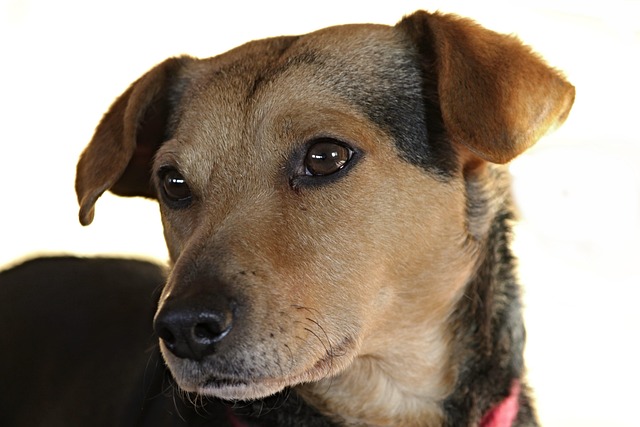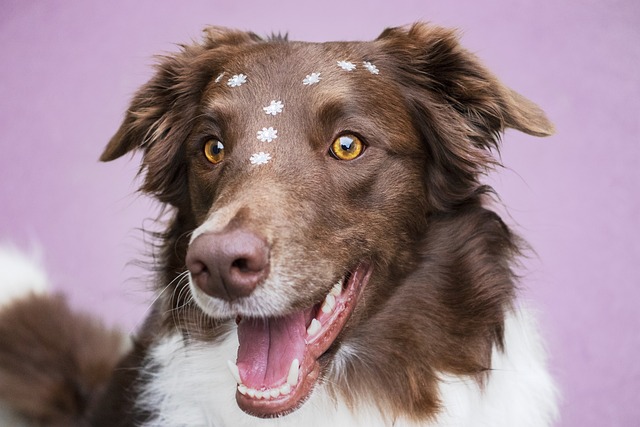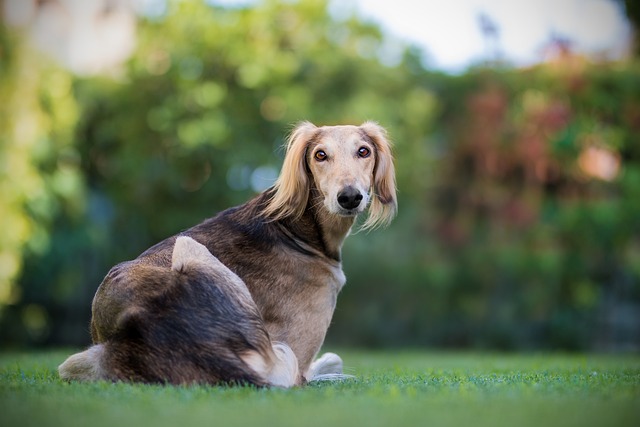
Effective Solutions to Curb Excessive Dog Barking
Tired of your dog's relentless barking? Discover how specific sound frequencies can offer humane, effective solutions to curb this common canine challenge.
Watching your dog growl, lunge, or bare their teeth at another pup isn’t just embarrassing—it’s heart-wrenching. Aggression between dogs can stem from fear, territorial instincts, or past negative experiences, but the good news? With patience and the right approach, you can rewrite your dog’s reaction script.
First, understand the “why.” A dog snapping at others might be signaling anxiety rather than dominance. If you’ve recently moved or introduced a new pet, environmental changes could trigger protective behavior. In areas with strict leash laws, ignoring these signs risks citations and potential bites, so observing your dog’s body language—stiff posture, raised hackles—is crucial.
Avoid punishment-based methods. Yelling or jerking the leash can escalate fear and aggression, going against most animal welfare guidelines. Instead, focus on positive reinforcement. Treats, praise, or toys can help create positive associations. Many local dog training courses emphasize reward-based techniques, which align with modern pet care standards and can even lower your liability in case of an incident.
 Gradual exposure is key. Start with low-stress encounters, like walking your dog at quiet times when fewer dogs are out. Use barriers like fences or a car window to create a safe distance. In communities with dog park regulations, rushing into off-leash areas before addressing aggression violates safety protocols and endangers other pets.
Gradual exposure is key. Start with low-stress encounters, like walking your dog at quiet times when fewer dogs are out. Use barriers like fences or a car window to create a safe distance. In communities with dog park regulations, rushing into off-leash areas before addressing aggression violates safety protocols and endangers other pets.
Teach “look” or “leave it” commands. These cues redirect your dog’s attention when another dog approaches. Practice at home first, then gradually introduce distractions. Remember, consistent training helps avoid legal issues—many cities fine owners whose dogs display uncontrolled aggression in public spaces.
Consult a professional if needed. Certified dog behaviorists understand the nuances of aggression and can tailor a plan for your dog. Some regions require aggressive dogs to undergo evaluation or training to comply with local ordinances. Plus, insurance companies may offer discounts for owners who invest in professional behavior modification.
Socialization isn’t one-size-fits-all. Puppies often benefit from controlled playgroups, but adult dogs with aggression issues need more structured introductions. In neighborhoods with shared green spaces, respecting other owners’ boundaries and keeping your dog leashed until they’re ready shows responsibility and helps prevent conflicts.
Addressing dog aggression takes time, but the effort pays off. Not only do you protect your dog and others from harm, but you also build trust and strengthen your bond. By following local pet laws, prioritizing safety, and approaching training with empathy, you can transform tense encounters into calm interactions—because every dog deserves a chance to make furry friends.

Tired of your dog's relentless barking? Discover how specific sound frequencies can offer humane, effective solutions to curb this common canine challenge.

If you’ve ever had your dog lunge or snarl at another furry friend during a walk, you know how scary and frustrating it can be. Aggression between dogs isn’t just a behavior issue—it’s a safety concern for everyone involved.

Watching your dog growl, lunge, or bare their teeth at another pup isn’t just embarrassing—it’s heart-wrenching. Aggression between dogs can stem from fear, territorial instincts, or past negative experiences, but the good news?

Ever bring home a new furry family member – maybe a wiggly puppy or a rescue dog with unsure eyes – and feel a bit overwhelmed? You’re excited, but maybe they seem nervous, confused, or just plain shut down.

Having an aggressive dog at home can feel like walking on eggshells. It’s stressful, but the good news is that with patience and the right approach, you can help your furry friend become more relaxed and friendly.

Watching your dog snarl or lunge at others is gut-wrenching. It’s not just a behavior problem—it’s a situation that can strain relationships with neighbors and put your furry friend’s future at risk.